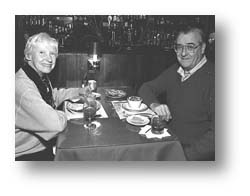The Sea Around Us: Noel Gish
The Sea Around Us: Noel Gish
"Pirates, Whales, Wrecks, and Salvage" sounds like the title of a swashbuckling adventure novel, but in fact it is the topic of the next lecture in the 350th Anniversary series. Noel Gish's talk, subtitled "East Hampton's Maritime History," will take place at Guild Hall on Friday, March 27.
The speaker, who heads the Historic Advisory Board of the Town of Smithtown, teaches history at Hauppauge High School. Mr. Gish is a trustee of the Smithtown Historical Society and of the Suffolk County Historical Society, and the author of "Smithtown, 1660-1929: Looking Back Through the Lens."
His lecture, which has been underwritten by the Edward F. Cook Agency, will begin at 7:30 p.m.




